SUMMARY
This is AI generated summarization, which may have errors. For context, always refer to the full article.
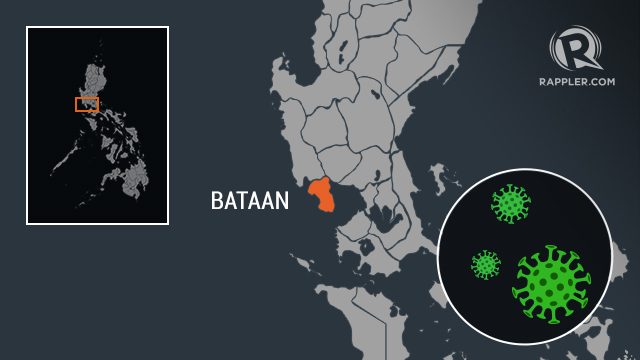
The Bataan government will now require Quick Response (QR) codes for anyone entering its borders to arrest the spread of the corinavirus disease.
Bataan Governor Albert Garcia said Friday, September 18, said the QR code can be downloaded using using the Get Pass mobile phone application on Android and Apple smartphones.
The QR code system would be implemented beginning October 1 in all entry points in the province to stop the surge of the coronavirus disease.
This rule was issued in a resolution by the provincial Inter-Agency Task Force (IATF) which says that the QR code system will allow the local government to monitor all those entering the province and maintain the safety not only of authorized persons outside residence (APOR), returning overseas Filipino workers (ROF) and locally-stranded individuals (LSI) but also their families.
How to download
The QR code can be downloaded after registering and filling out an online health declaration form and travel authority said Garcia.
But to those who have no smartphones, the QR code can be accessed through the website www.getpass.com.
The following is the step-by-step procedure on how to get the QR Code:
(1) Download the Get-Pass Application available in Google Play at App Store and sign up; (2) Answer health declaration form; (3) Click calendar and go to the travel authorization section; (4) Answer questions on travel appointment; and (5) Save or print the QR Code with the date of travel and appointment number.
According to the task force, travelers need to present the QR code at the checkpoint upon entering the province along with other requirements like employment certificate and personal identification.
For those who travel to the province on a daily basis, their assigned QR code/travel pass will be effective for 15 days while the rest will be issued a one-time pass only.
Contact tracing
Garcia said the system would shorten the process of monitoring those entering Bataan and allow effective contact-tracing on returning residents or workers residing outside the province.
“Contact-tracing is very important in our fight against COVID-19. Only in our ability to identify the source of the infection can we efficiently respond to the crisis in our communities. The QR code system is consistent with all our efforts to mitigate the spread of the virus and provide more protection to our residents and their families,” Garcia said in a statement.
He said there were pockets of COVID-19 outbreaks in some barangays during the last two months.
Contact tracing, he said, showed that these were caused by Bataan residents working in Metro Manila, overseas Filipino workers/seafarers, and visiting non-Bataan residents.
They either did not know they were infected with the virus or although with clearance from the Bureau of Quarantine, they still tested positive when they arrived in the province and became COVID–19 transmitters, the governor said.
“We do not want to overwhelm our health system with the rising COVID-19 cases. An efficient contact tracing system will help diminish the chances of infection and in the long run, give our health workers the much-needed break they deserve from taking care of the sick,” Garcia said.
He said the QR code would also be useful in moving towards the new normal as it can be used for contact tracing in business establishments, public transportation, and government offices in Bataan.
“In addition to the QR code scanning, standard protocols will also be observed at the checkpoints: All persons entering the province must wear face masks, must subject themselves to temperature scanning and vehicle inspection,” the governor said.
Garcia warned that those who fail to follow the said protocols or present the necessary requirements will be denied entry into the province.
“This is to monitor all those entering the province and maintain the safety not only of authorized persons outside residence (APOR), returning overseas Filipino workers (ROF) and locally-stranded individuals (LSI) but also their families,” Garcia said. – Rappler.com
Add a comment
How does this make you feel?
![[Rappler’s Best] The elusive big fish – and big fishers](https://www.rappler.com/tachyon/2024/04/The-elusive-big-fish-%E2%80%93-and-big-fishers.jpg?resize=257%2C257&crop=220px%2C0px%2C720px%2C720px)
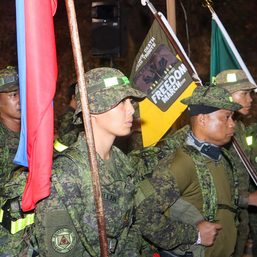
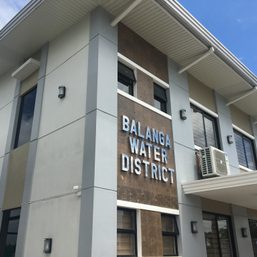
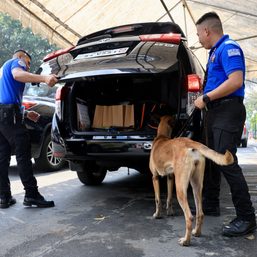
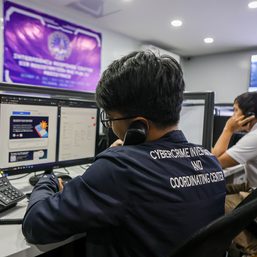
There are no comments yet. Add your comment to start the conversation.